A research collaboration led by a Missouri University of Science and Technology physicist has used a new computational process that increases the speed and scale of numerical simulations to observe a previously theorized emerging behavior of light.
Tag: Missouri University of Science and Technology
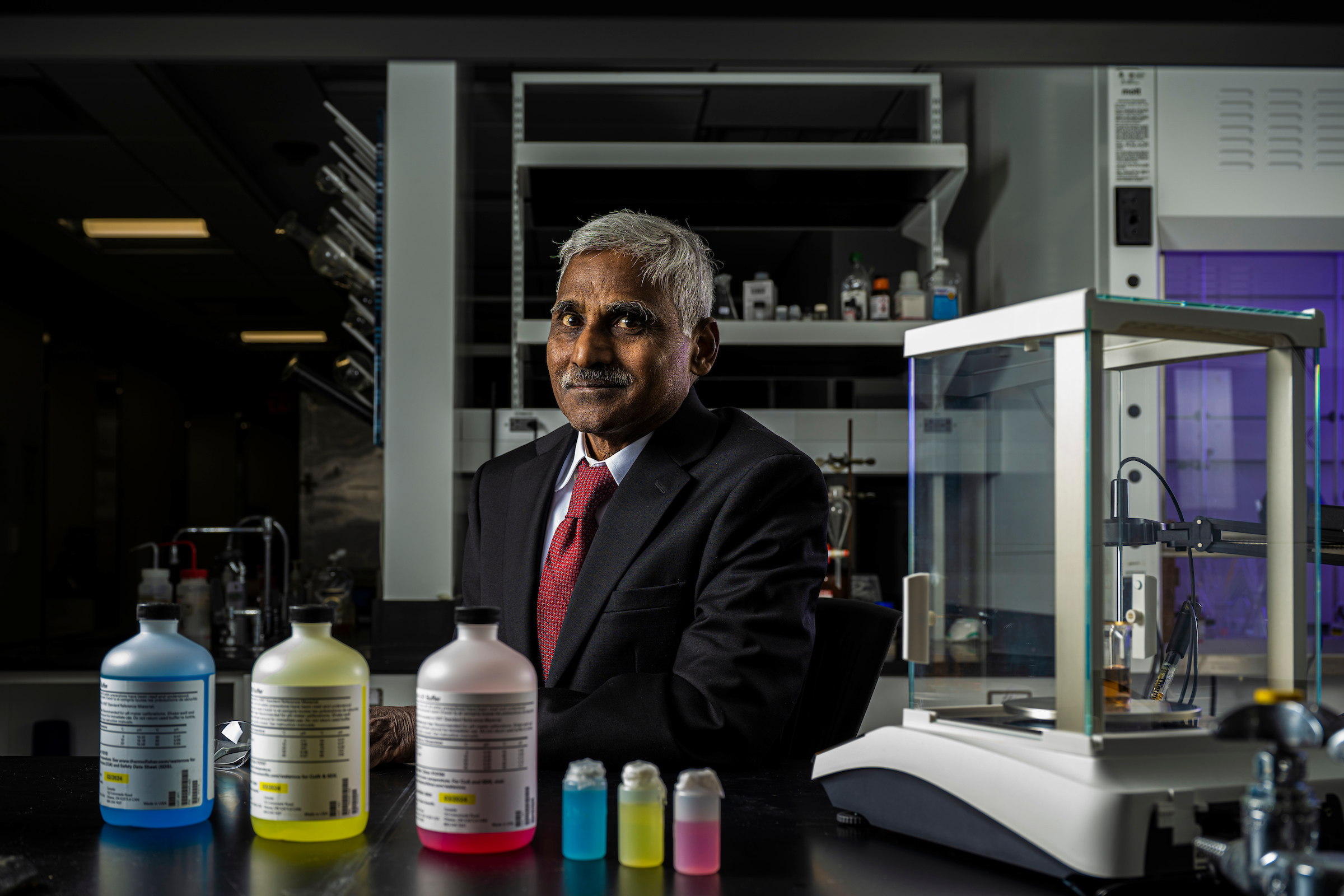
Reddy named Fellow of the American Association for the Advancement of Science
The American Association for the Advancement of Science (AAAS) announced today (Tuesday, Jan. 31) that Dr. V. Prakash Reddy, professor of chemistry at Missouri University of Science and Technology, has been elected Fellow of its organization.
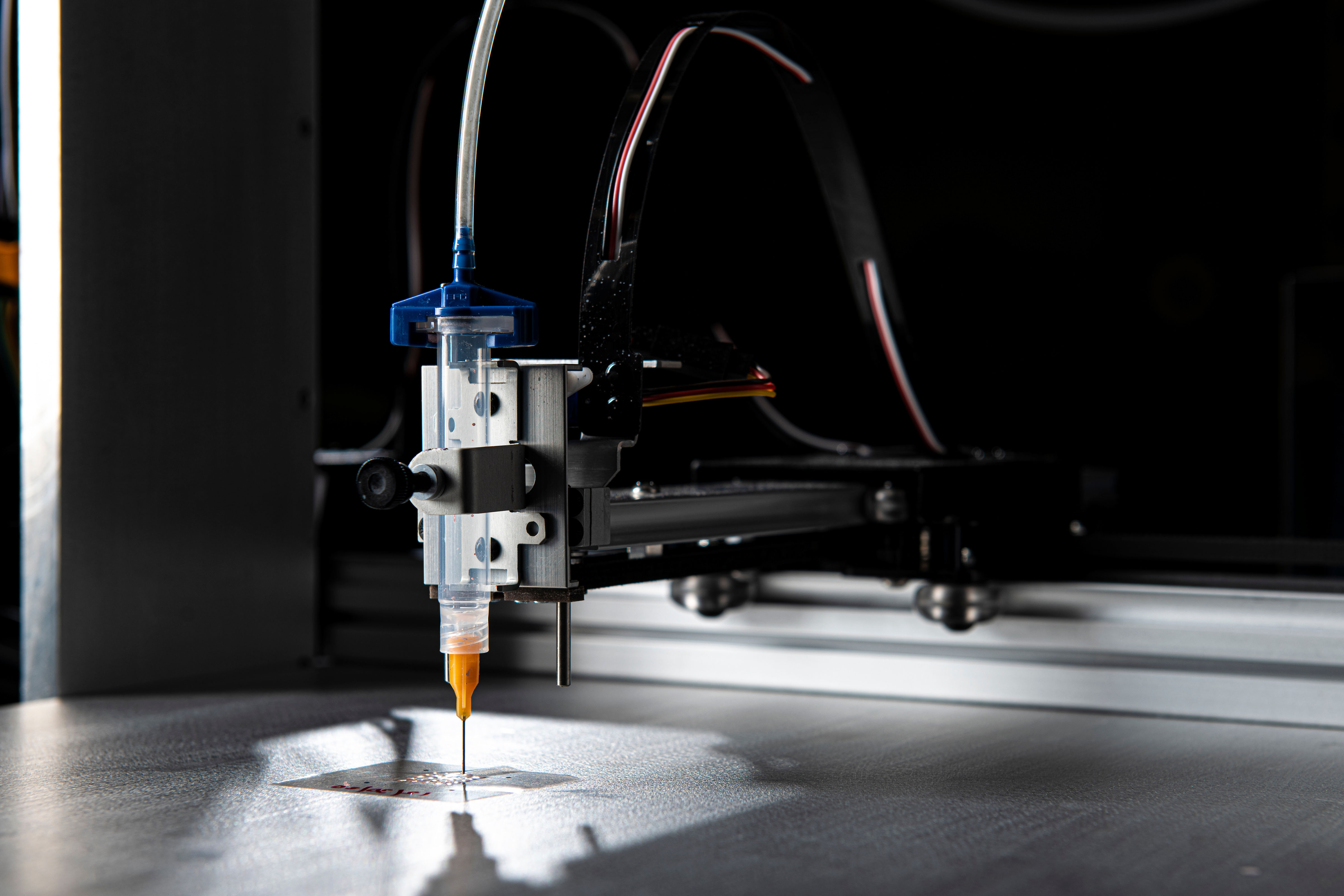
Biomedical engineers develop ‘smart’ sensor bandages
Researchers at Missouri S&T are working to make telemedicine more successful by creating an oxygen-sensing patch printed on a flexible, disposable bandage. It could enable remote monitoring for the early detection of illnesses such as pressure ulcers, allowing for immediate treatment.
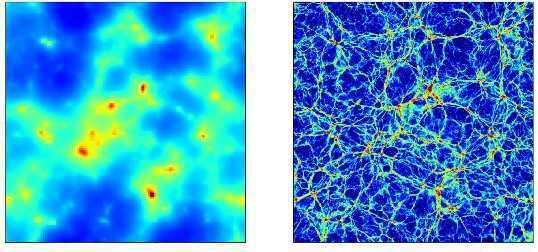
Researchers validate theory that neutrinos shape the universe
The effect that nearly massless, subatomic particles called neutrinos have on the formation of galaxies has long been a cosmological mystery — one that physicists have sought to measure since discovering the particles in 1956.But an international research team has created cosmological simulations that accurately depict the role of neutrinos in the evolution of the universe in a study recently published in The Astrophysical Journal.
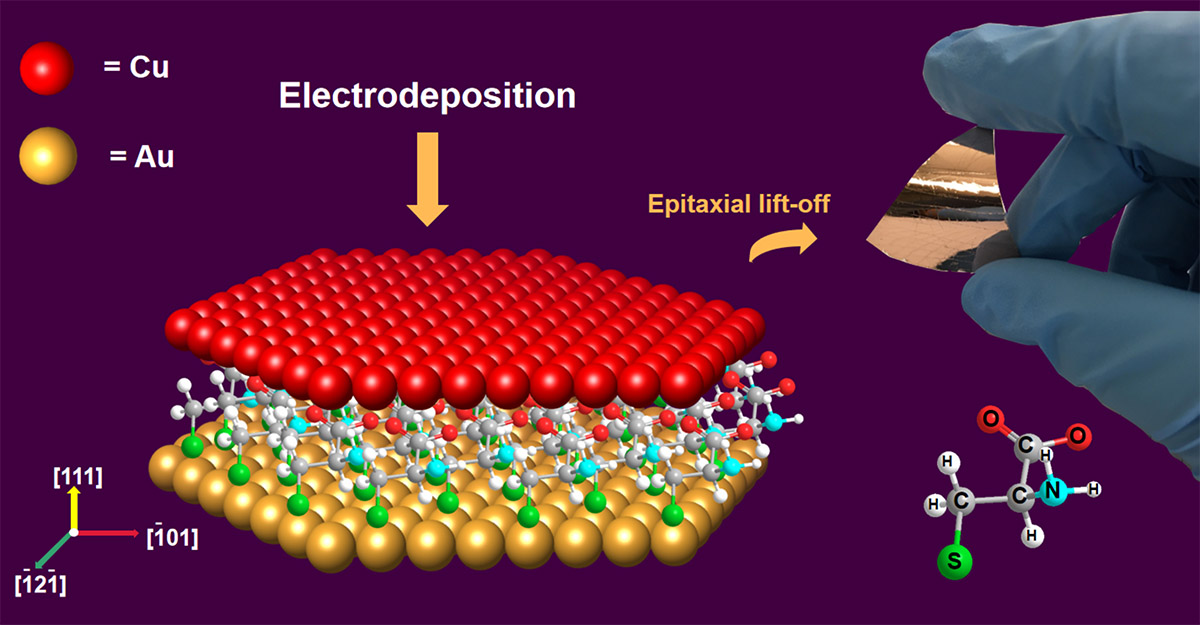
Researchers use amino acids to grow high-performance copper thin films
For the first time, researchers from Missouri S&T have shown that highly ordered copper thin films can be crystallized directly on a one-molecule-thick layer of organic material rather than on the inorganic substrates that have been used for years.The copper thin films they’ve produced are excellent candidates for use as underlying substances for solar cells, LEDs, and high-temperature superconductors, says Dr.

Missouri S&T researchers to improve shale oil recovery
Missouri S&T researchers are working to increase the amount of shale oil produced in the United States while reducing the need to drill new wells. They hope to develop a new model to mitigate the formation of heavy organic solids found in the oil during extraction.
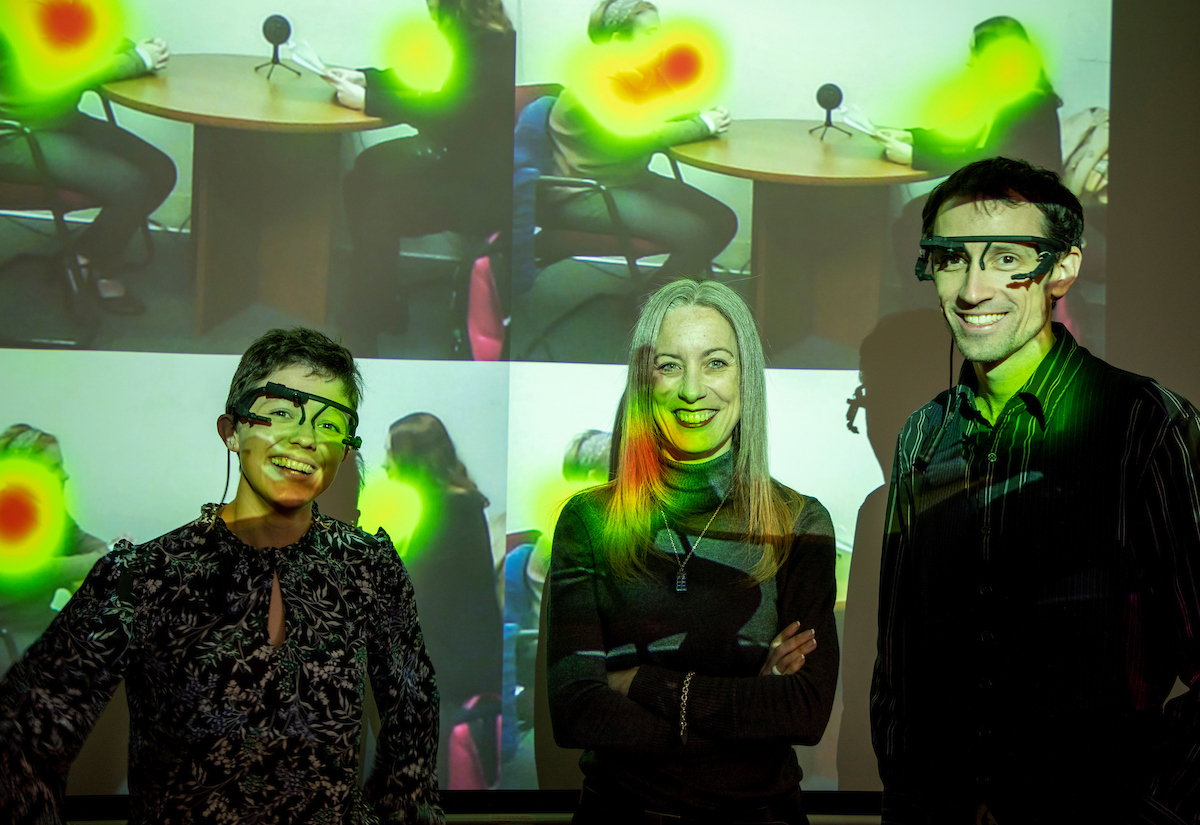
Researchers say job candidates are rated lower in virtual interviews
New research provides some of the first solid evidence that people who watch a virtual job interview rate the candidate substantially lower than those who watch the same interview in person.Researchers at Missouri S&T published a study with their findings in the International Journal of Human-Computer Interaction called “Just Sit Back and Watch: Large Disparities between Video and Face-to-face Interview Observers in Applicant Ratings.
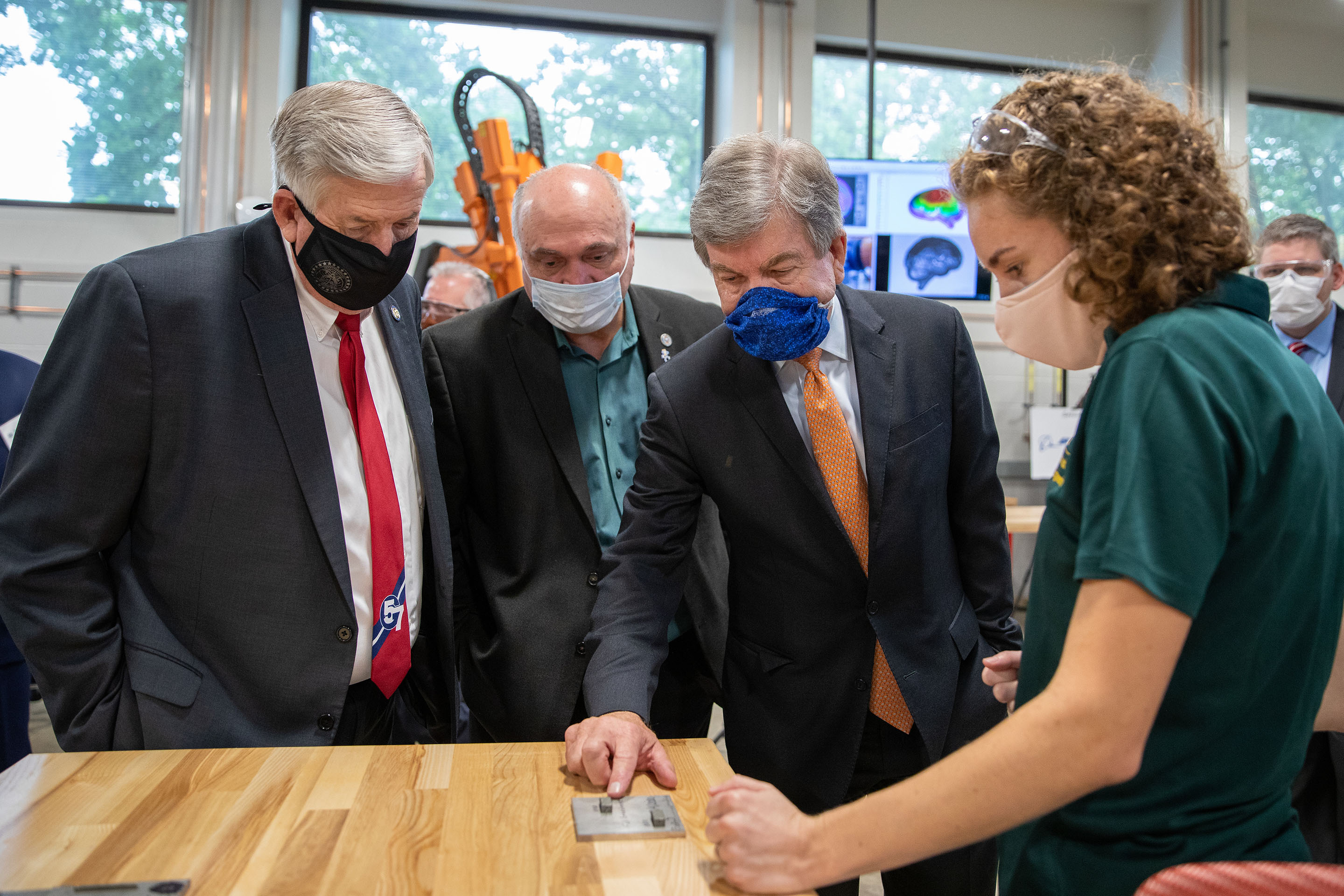
Missouri S&T research symposium highlights state’s manufacturing capabilities
Missouri University of Science and Technology brought together university researchers, industry experts and government leaders Thursday, Sept. 3, for a research symposium that highlighted the state’s manufacturing capabilities.
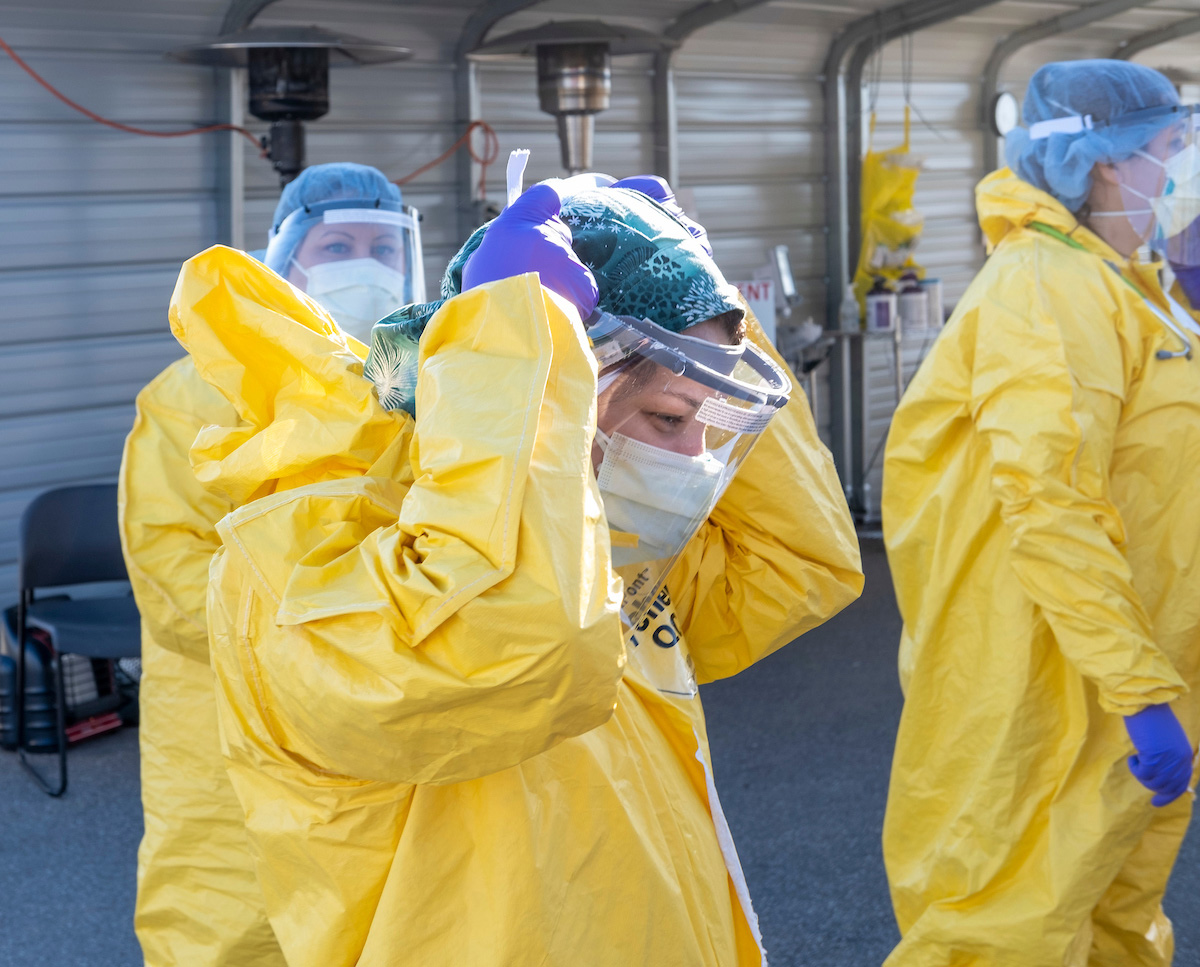
Missouri S&T researchers recommend combination of filters for homemade masks, other PPE
A team of researchers at Missouri S&T found that several layers of household air filters can achieve filtration performance similar to masks rated N95.
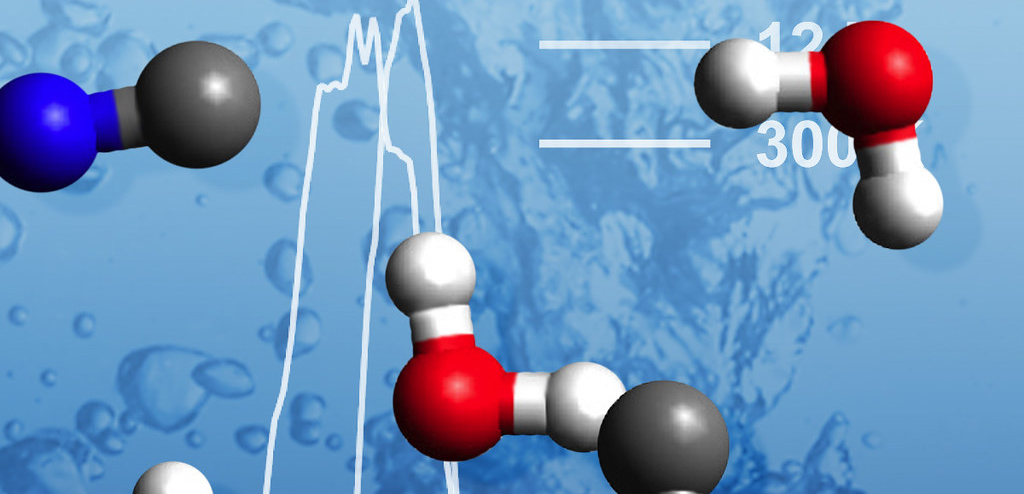
Missouri S&T wins $1.5 million award to create cutting-edge spectrometer
Missouri S&T has received a $1.5 million award from the National Science Foundation to develop a new, state-of-the-art, rotational microwave spectrometer on its campus in Rolla.The instrument will be used by several universities to collect some of the most detailed information available about the structure of gas phase molecules.
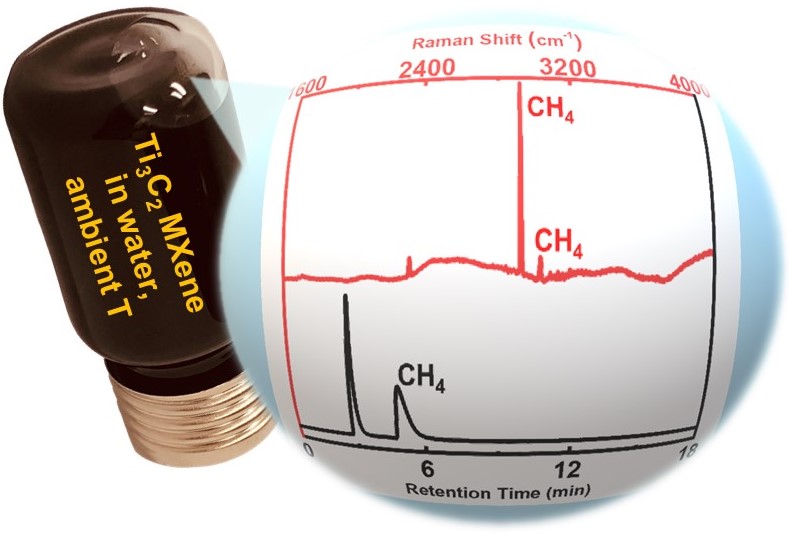
Researchers discover new chemistry of 2-D transition metal carbides and carbonitrides (MXenes)
A new finding about the fundamental chemistry of two-dimensional materials called MXenes will change the way researchers work with them, and open up new areas of applications, according to researchers at Missouri S&T.MXenes are ceramics that make up one of the largest families of 2-D conductive materials. Their conductivity makes them candidates for use in energy storage, sensing and optoelectronics.
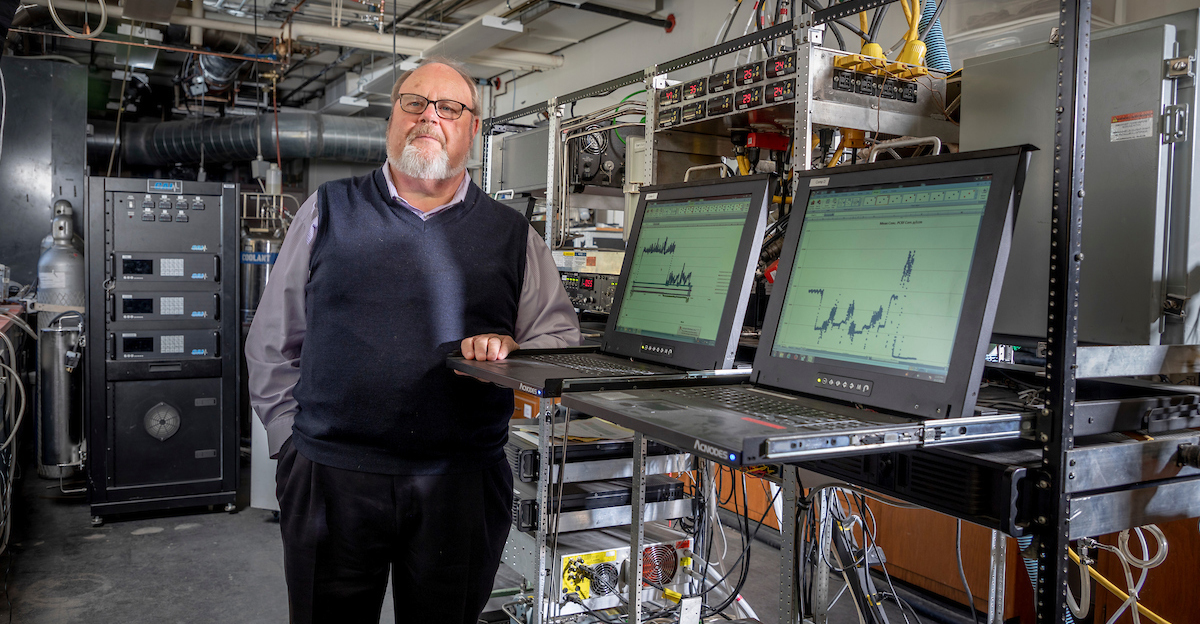
Researchers to streamline process for measuring aviation emissions
The process that airlines must use to calibrate their jet fuel emissions measuring systems is costly and time-consuming. But researchers at Missouri University of Science and Technology won an $847,000 Federal Aviation Administration (FAA) grant to find a faster and less expensive way to calibrate the devices. To reduce the impact of civil aviation on local air quality and human health, the International Civil Aviation Organization (ICAO) has established and continually improved emissions standards for turbojet and turbofan engine emissions since 1981.
Missouri S&T researchers help discover ‘black neutron star’ that changes astronomy
Gravitational wave scientists have observed what may be an entirely new population of astronomical objects, and researchers from Missouri S&T played a part in the discovery. Dr. Marco Cavaglia, professor of physics and director of Missouri S&T’s Institute for Multi-Messenger Astrophysics and Cosmology; Dr. Sudarshan Karki, a post-doctoral researcher in physics; and Kentaro Mogushi, a Ph.

Researchers create unique DNA biosensor for early stage disease detection
Disease detection at an early stage is one of the biggest challenges biochemists and materials scientists are trying to meet by combining their expertise at Missouri S&T. The researchers used nanotechnology in biomedical diagnostics – a process called nanodiagnostics – to create a new, ultrasensitive DNA biosensor. The new sensor could potentially detect DNA-based biomarkers for early diagnosis of cancer and genetic disorders, as well as monitor patient responses to therapies.

Expert commentary: Super Bowl victory an economic win to team’s community
Whichever team wins this Sunday’s Super Bowl, the economy of the winning team’s region can expect some additional income as a result of the win, according to Dr. Michael Davis, interim chair and associate professor of economics at Missouri University…
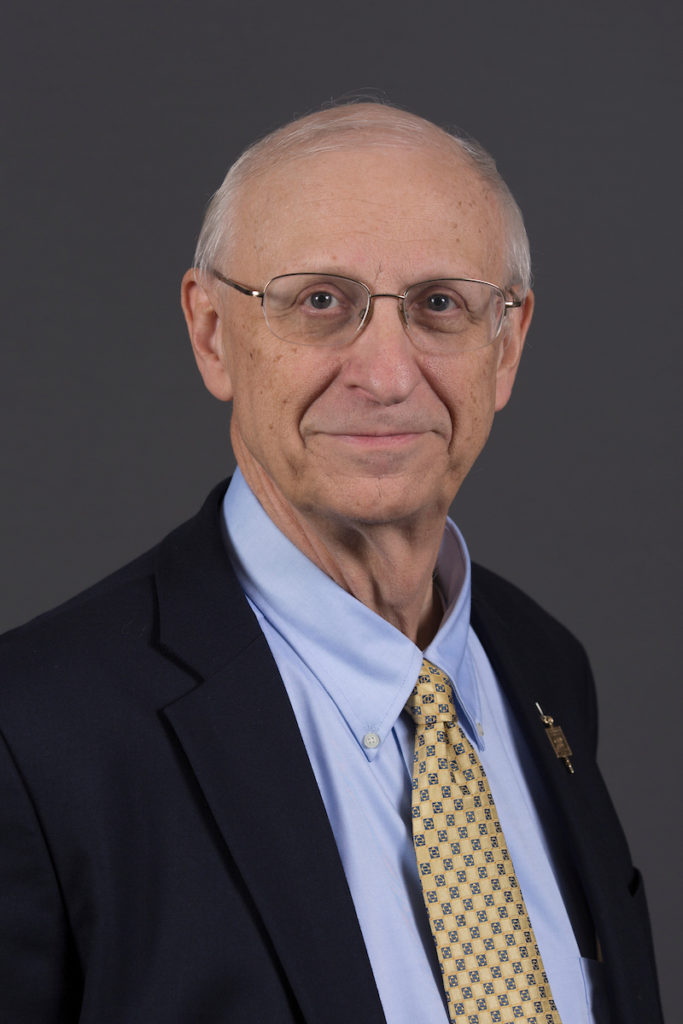
Election security is about more than just machines, researcher says
As the 2020 elections approach, voters need to be aware of possibly malicious attempts to manipulate their opinions and their votes, according to Dr. George Markowsky, professor of computer science at Missouri University of Science and Technology.
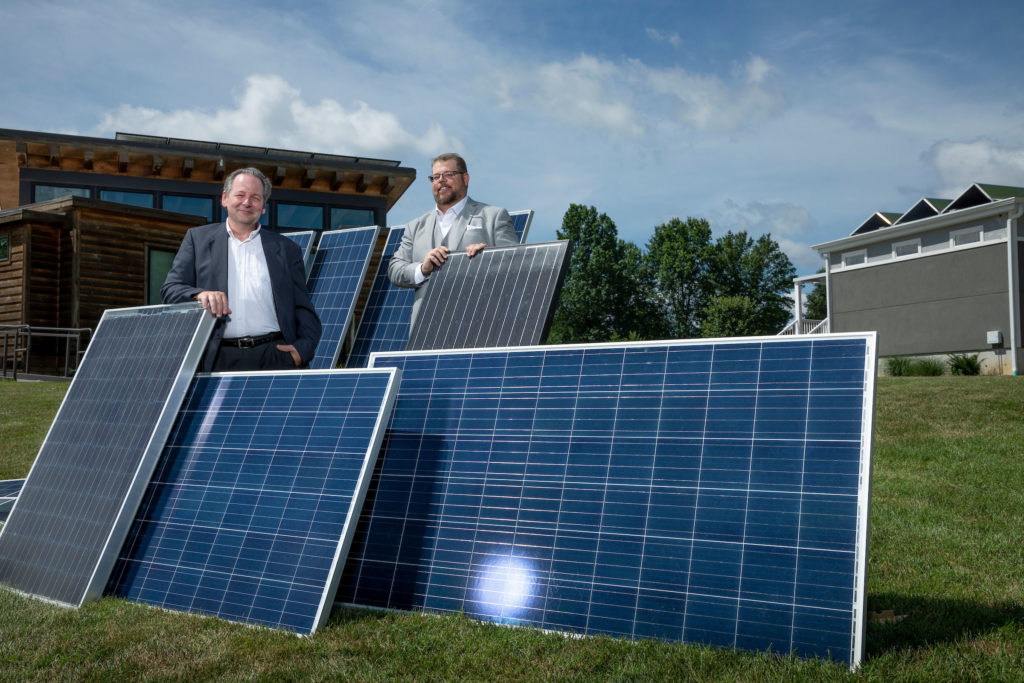
Researchers urge Midwestern states to recycle solar panels efficiently
By 2050, up to six million tons of solar panel waste will need recycling. But few states have started processes for handling the waste even as they require more energy produced by renewable sources.

Geothermal system exceeds goals to reduce water, energy use and carbon footprint at five-year mark
After five years of operation, Missouri University of Science and Technology’s geothermal energy system continues to exceed its projected campus impact and efficiency.
Analyzing past earthquakes may be key to predicting future activity
With the recent earthquakes in early July in southern California, it is more important than ever to be able to accurately predict when and where the next one will occur. A researcher at Missouri S&T is working to do just that by studying past seismic waves produced by earthquakes.